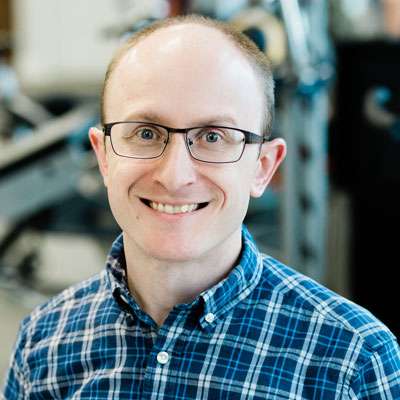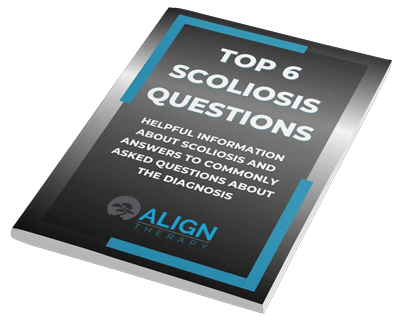Were you diagnosed with scoliosis as a teenager? Were you one of the “lucky few” who got to wear those bulky, hot, and fashionable and trendsetting braces? Maybe some of you had surgery and have since recovered and moved on with your life.
Have you wondered, did my scoliosis just disappear from my healthcare provider’s radar? “I was told that once I stopped growing around 16 or 18 years old, then I’d be fine.”
But what happens on the other side of that tunnel? And what about those who never had scoliosis and were recently told that they now have a curve in their back, seemingly out of nowhere, after all these years? More importantly, what now?
If you’re still reading, then maybe you haven’t quite found a solution for managing the health of your spine, whether just recently diagnosed with scoliosis at age 70 or after the long road during your teenage years. Perhaps you struggle with back pain, radiating pain, or aren’t sure how to improve your posture because of your curve(s).
Can’t it just be fixed?
We have covered the answer to this question in a previous blog post, feel free to check it out.
The short answer is no, but there are excellent conservative options available without any bad side effects or risks. Passive interventions include postural rigid and soft braces, massage, and spinal mobilizations provided by either a licensed physical therapist, DO, or chiropractor.
Active approaches like physiotherapeutic scoliosis specific exercise (PSSE), core strengthening and stretching including pilates and yoga, and effective stress management strategies can all contribute to improved spinal overall health and reduced pain.
Scoliosis specific exercise: What is the Schroth method?
As physical therapists, we have had great success with integrating the Schroth method into our treatments with children, teenagers, adults, and older adults. Goals are typically different between our younger and older patients; we tend to mostly focus on decreasing the risk of curve progression with growing kids. For adults, goals usually vary but often center around pain management and improving posture.
With these goals in mind, the Schroth method has been a critical tool for our patients. You see, the spine is not only curved side to side, but is also rotated. You have probably felt the tightness in your muscles and stiffness in your back and shoulders on different sides: this is because of these asymmetries. Schroth exercises are unique because they address the three dimensions being affected by scoliosis and not just what you see on an x-ray.
Using the Schroth method, your therapist will guide you into the best posture specific to your spine’s curvature in sitting, standing, laying on your back, on your side, etc. As a result, you will be challenged in developing your postural awareness, control, and stability in a variety of positions. In addition, you will be taught breathing techniques that seem unusual at first but are meant to reduce the rotations of your spine as you hold good alignment.
Anything Else?
Even though the Schroth method exercises do the best job with correcting scoliosis posture, and it usually leads to pain relief, it is a slow process. To try and expedite the process of pain relief (to change your posture, you have to change your posture) and enhance your ability to get into the best posture, we will include more traditional physical therapy treatments.
You can expect to sweat it out (or at least get more than a little warm) with core and postural strengthening and stability exercises.
You can expect manual therapy techniques including spine and rib mobilizations, massage, stretching, etc. during your appointment to improve your postural mobility and flexibility.
You can expect a home exercise program to help you develop independence with managing your posture and your pain on your own.
You can also expect to work one on one with your therapist every visit and for the Schroth method, this is critical.
Taking Control
If you have scoliosis, no matter how young or old, we recommend you get in touch with a physical therapist who is certified in the Schroth method. It is the most researched treatment for scoliosis across the lifespan and clinically proven to improve posture specific to your curvature.
If you have any questions about adult scoliosis, the Schroth method, or would like to schedule a free consultation, please reach out to me at korey@aligntherapyutah.com.

Sincerely,
Korey Derocher, DPT
Align Therapy



